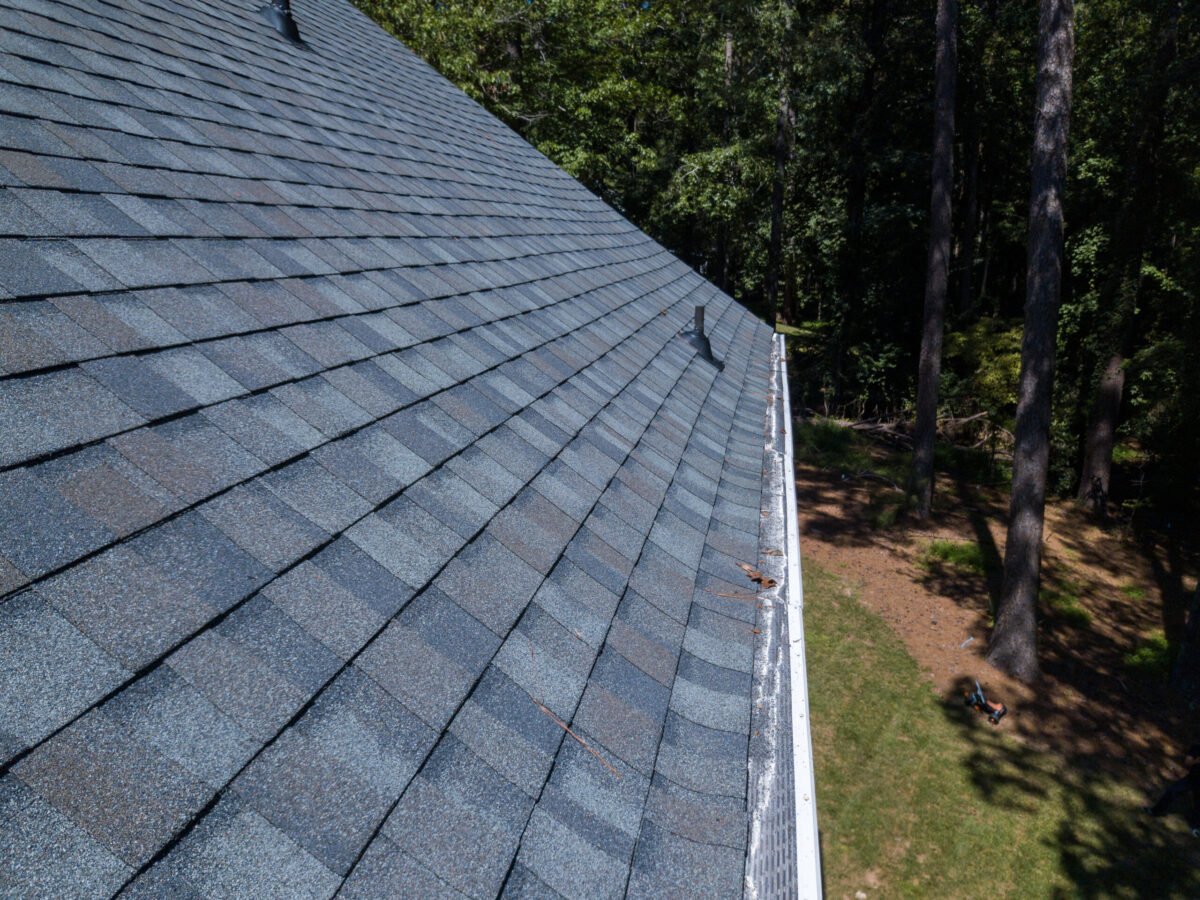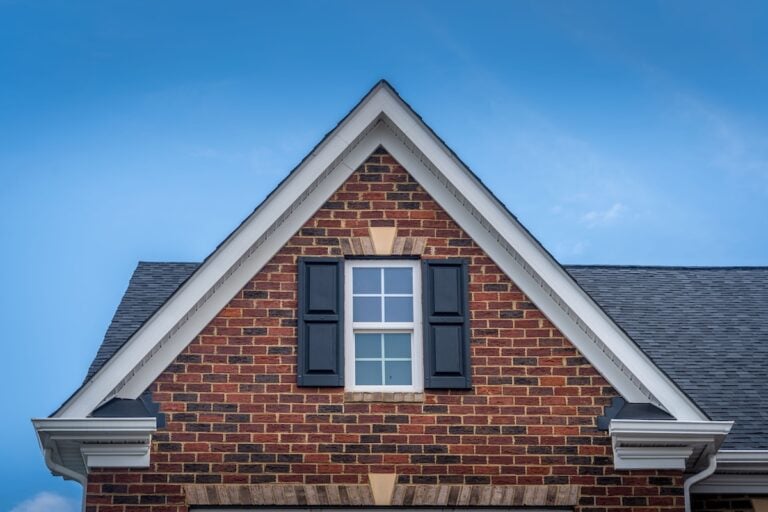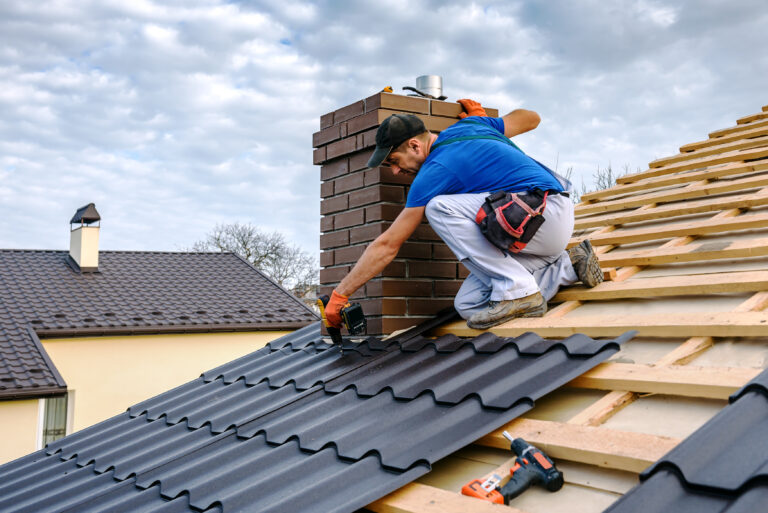Noticing unsightly dark lines running down your roof can be alarming for any homeowner. These black streaks on roof surfaces aren’t just cosmetic issues—they can signal underlying problems that require immediate attention. Understanding what causes these streaks and how to properly diagnose them can save you thousands in potential repair costs.
The appearance of black streaks often indicates algae growth, debris accumulation, or even structural issues that compromise your roof’s integrity. When left untreated, these problems can lead to expensive repairs or premature roof replacement. That’s why getting a professional roof inspection from certified roofing experts is crucial for maintaining your home’s protection.
This comprehensive guide will help you understand:
- Why black streaks appear on roofs and their potential impact
- Step-by-step inspection methods to diagnose the problem
- Prevention strategies to protect your roof long-term
- When to call professional roofing contractors for help
🔍 Why Black Streaks on Your Roof Matter
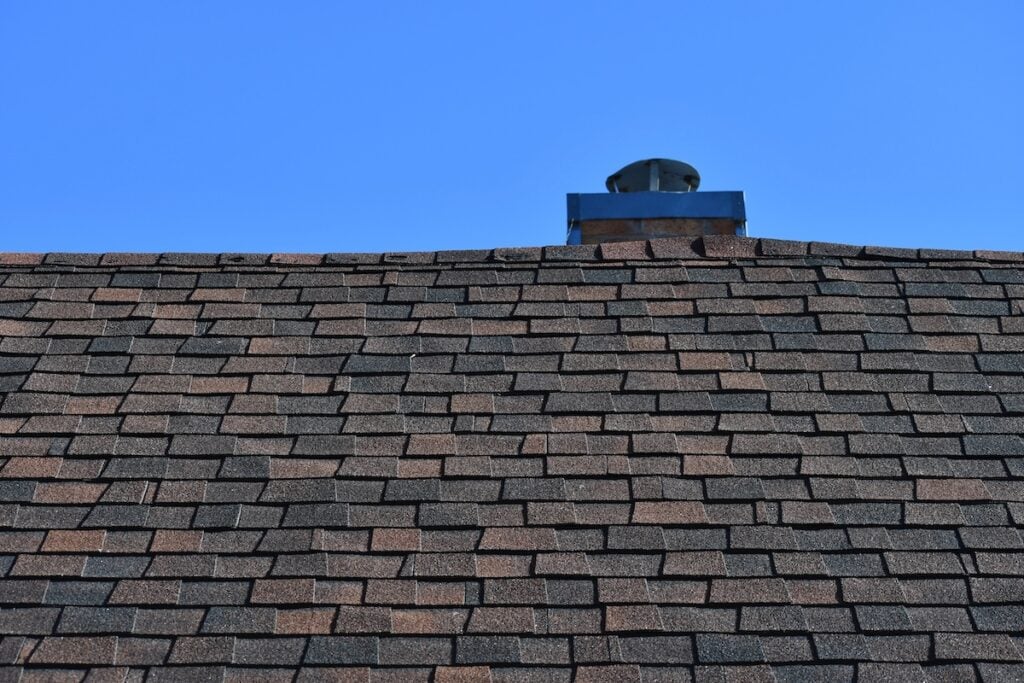
Black streaks on your roof aren’t just an eyesore—they’re often early warning signs of more serious roofing problems. These dark discolorations can indicate algae growth, moss development, or debris accumulation that threatens your roof’s structural integrity and longevity.
Addressing these issues promptly protects both your home’s value and your family’s safety. Here are the key reasons why black streaks deserve your immediate attention:
- Structural damage prevention: Early detection stops minor issues from becoming major repairs
- Energy efficiency maintenance: Clean roofs reflect heat better, reducing cooling costs
- Property value protection: Well-maintained roofs preserve your home’s curb appeal and market value
- Water damage prevention: Identifying moisture-related streaks prevents leaks and interior damage
- Extended roof lifespan: Proper maintenance can add years to your roof’s useful life
📋 5-Step Process: How to Inspect & Diagnose Black Streaks
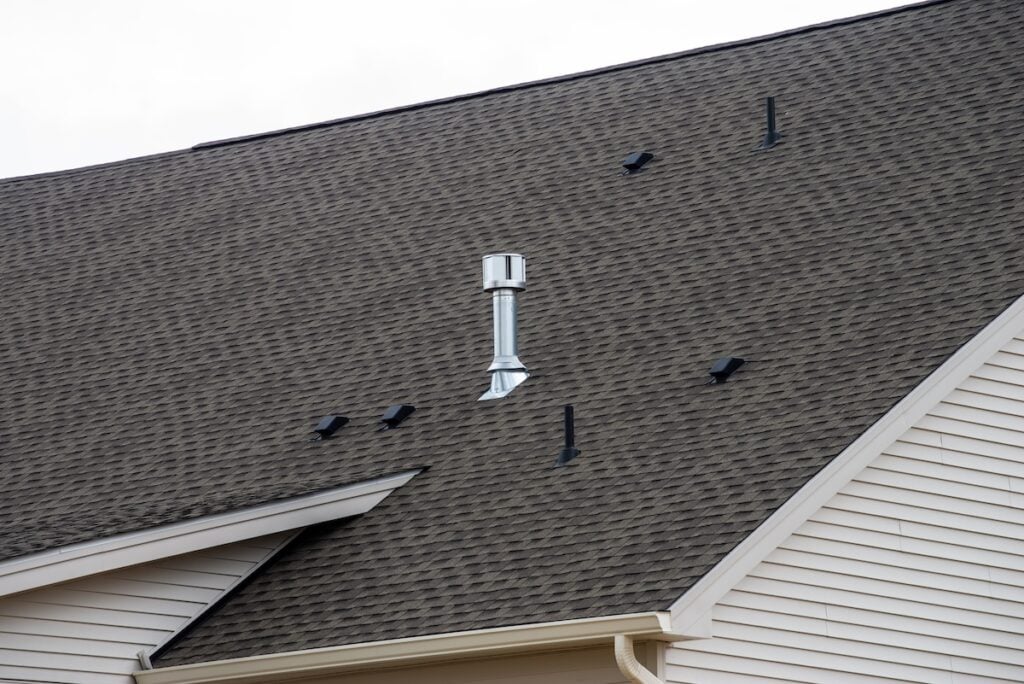
When dealing with black streaks on your roof, a systematic inspection approach helps identify the root cause and determine the best course of action. Following these steps ensures you gather all necessary information for proper diagnosis.
Safety should always be your top priority during any roof inspection. Consider hiring professional roofing contractors for steep roofs or if you’re uncomfortable with heights.
1. Conduct a Ground-Level Visual Assessment
Start your inspection from the safety of solid ground using binoculars or a telescope to examine your roof’s surface. Look for patterns in the streaking and note which areas of your roof are most affected.
- Document streak locations with photos for reference during professional consultations
- Note the direction and pattern of streaks to help identify their source
2. Check Gutters and Downspouts
Examine your gutter system for clues about what’s causing the black streaks on your roof. Clogged gutters often contribute to moisture problems that lead to algae growth and staining.
- Look for debris accumulation, standing water, or rust stains in gutters
- Check downspouts for proper drainage away from your home’s foundation
3. Inspect Roof Edges and Flashings
Focus on areas where different roofing materials meet, as these transition points are common sources of streaking. Pay special attention to chimney flashings, vent penetrations, and valley areas.
- Examine caulking and sealants around roof penetrations for deterioration
- Look for loose or damaged flashing that could allow water infiltration
4. Evaluate Surrounding Vegetation
Trees and shrubs near your roof can contribute to black streaks through falling debris, increased shade, and moisture retention. Overhanging branches create ideal conditions for algae and moss growth.
- Identify trees that drop leaves, needles, or sap onto your roof surface
- Note areas where shade keeps roof sections damp for extended periods
5. Document Environmental Factors
Consider your local climate and environmental conditions that might contribute to black streak formation. High humidity, frequent rain, and limited sunlight all promote algae growth on roofing materials.
- Record recent weather patterns and seasonal changes affecting your roof
- Note the age and type of your roofing materials for professional assessment
⚠️ Common Causes and Prevention Strategies
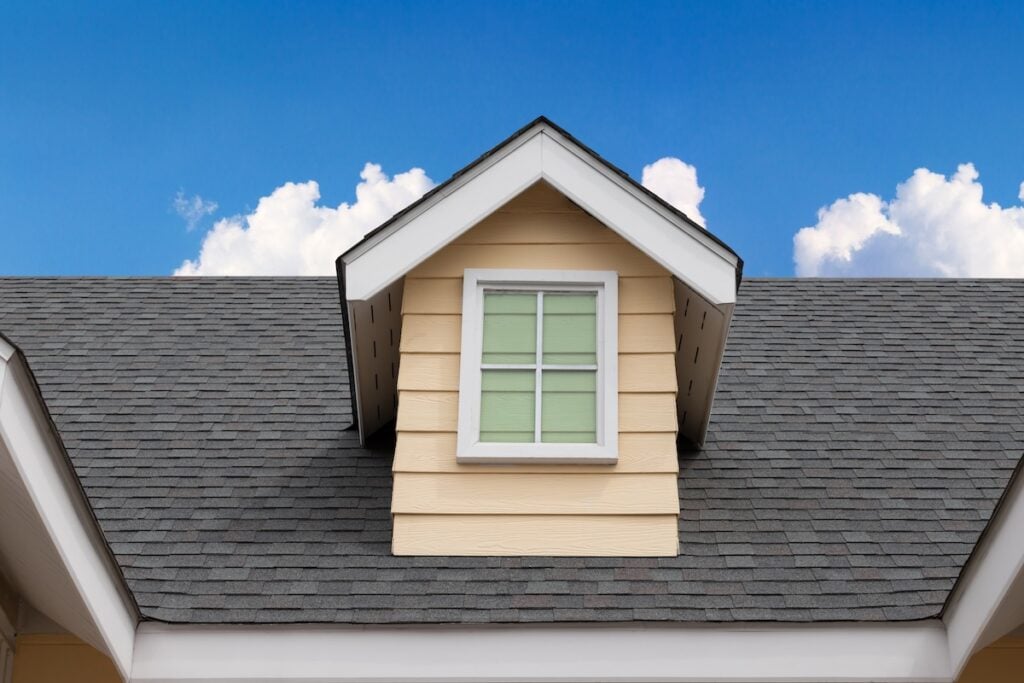
Understanding what causes black streaks on roofs helps you implement effective prevention strategies and make informed decisions about maintenance. Different types of streaks require different approaches for both treatment and prevention.
The most effective prevention combines regular maintenance with environmental management around your property. Proactive measures cost significantly less than reactive repairs or premature roof replacement.
Algae Growth (Gloeocapsa Magma)
This blue-green algae appears as dark streaks on asphalt shingles, particularly in humid climates. The algae feeds on limestone filler in shingles and thrives in moist, shaded areas.
Prevention strategies:
- Install zinc or copper strips near roof ridges to create algae-resistant runoff
- Trim overhanging branches to increase sunlight exposure and air circulation
- Clean gutters regularly to prevent water backup and excess moisture
Moss and Lichen Development
These organisms appear as thick, green patches that can lift shingles and damage roofing materials. They typically develop in consistently damp areas with limited direct sunlight.
Prevention strategies:
- Improve roof ventilation to reduce moisture retention
- Remove debris that traps moisture against roofing surfaces
- Apply preventive treatments during dry seasons before growth begins
Metal Staining and Oxidation
Rust stains from metal roof components, gutters, or nearby structures can create reddish-brown or black streaks down roof surfaces.
Prevention strategies:
- Apply protective coatings to exposed metal components
- Replace corroded metal elements before staining occurs
- Install proper drainage to prevent water pooling around metal fixtures
🛠️ Take Action to Protect Your Roof
Black streaks on your roof require prompt attention to prevent costly damage and maintain your home’s protection. While some homeowners can handle basic maintenance tasks, professional inspection and treatment often provide the most effective long-term solutions.
Don’t let minor roofing issues become major expenses. The expert team at Palladium Roofing provides comprehensive roof inspections and maintenance services throughout Oklahoma City and surrounding areas. Our certified professionals can accurately diagnose black streak causes and recommend the most cost-effective treatment options.
Ready to address those concerning black streaks on your roof? Schedule your complimentary roof inspection today and protect your home’s most important defense against the elements. Our experienced team will provide honest assessments and transparent solutions to keep your roof in optimal condition for years to come.


